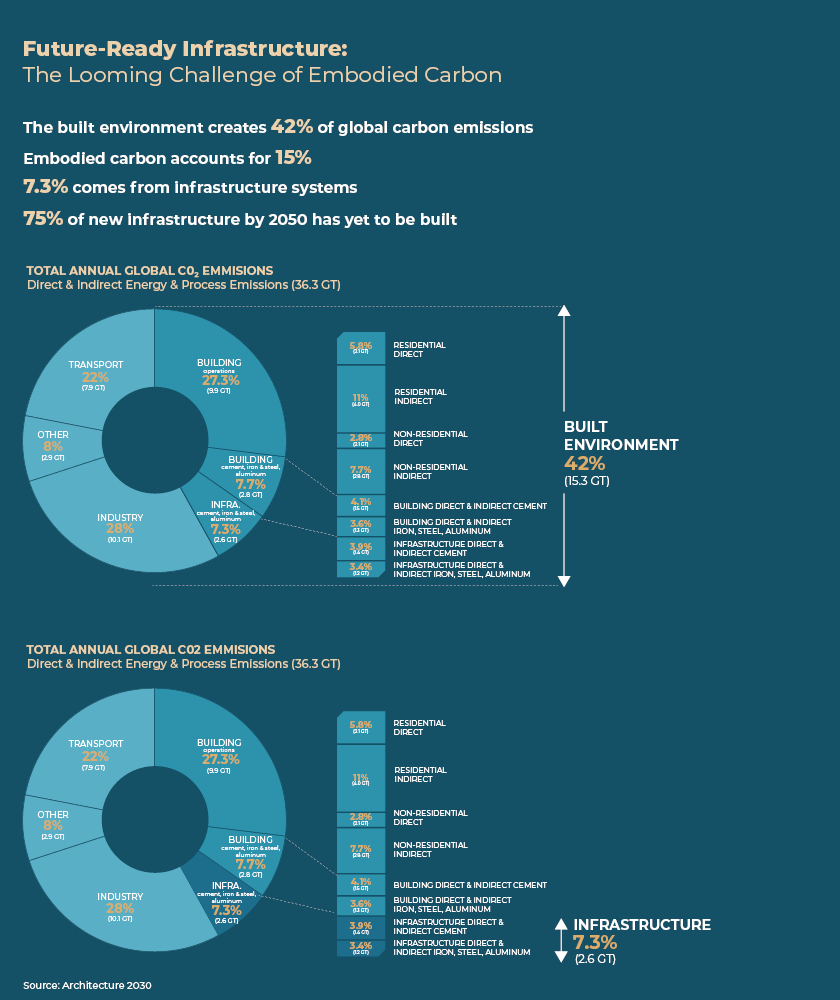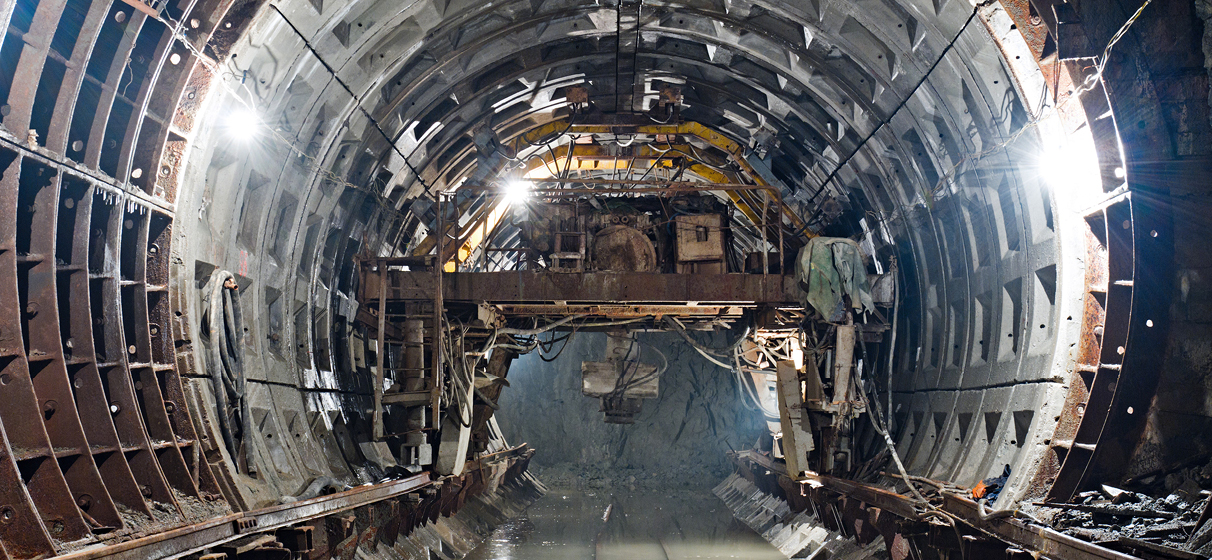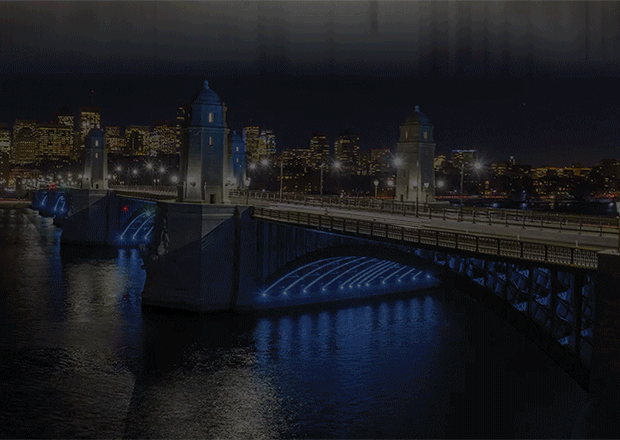The United Nations Environment Programme (UNEP) recently launched the Buildings Breakthrough at COP28, the United Nations’ annual climate summit. Aiming for near-zero emissions and climate resilient buildings by 2030, this initiative marked a pivotal moment in the global commitment to transforming the buildings sector as it garnered pledges from 27 countries.
As a virtual delegate representing Architecture 2030, a think tank dedicated to decarbonizing the built environment, I had the unique opportunity to observe and report on COP28’s negotiations and programs.
My focus at COP28 was not only to absorb the ongoing conversations but also to identify conversational gaps and advocate for elements missing from the agenda. The Buildings Breakthrough was a significant leap forward, setting an ambitious goal of near-zero emissions by 2030. However, it also sheds light on the untapped potential to reduce emissions in infrastructure systems, a crucial aspect that still often receives insufficient attention.
Though building operations are responsible for as much as 27% of annual global carbon emissions, an additional 15% stem from the embodied carbon in construction materials like cement, iron, steel, and aluminum. Notably, this 15% is closely divided between buildings (7.7%) and infrastructure systems (7.3%). While the discussions at COP28 focused on reducing material emissions, particularly from cement, conversations predominantly centered on buildings. Yet, there is ample room for learning and progress in addressing the embodied carbon footprint of infrastructure systems.

Our approach at STV is to advocate for a holistic strategy that addresses carbon emissions comprehensively. While attention has been rightfully placed on reducing operational emissions from buildings, we also recognize the need to address the embodied carbon emissions from both buildings and infrastructure systems. Our team takes pride in identifying, quantifying, and mitigating emissions across the built environment.
With dedicated sustainability and climate resilience teams, we assist clients in working towards their net-zero goals. Our approach also involves designing beyond the code, a principle deeply ingrained in our resilient design practice since the aftermath of Superstorm Sandy. This devastating event prompted an industrywide reevaluation of infrastructure preparedness, leading our team to contribute tirelessly to updating codes and standards for enhanced resilience measures.
By designing engineering solutions that extend beyond mere compliance, we can contribute to a more sustainable future.
As countries, including the U.S., commit to climate resilience and carbon neutrality targets through initiatives like the Buildings Breakthrough, STV plays a crucial role in ensuring our clients can attain their specific climate resilience and sustainability goals. By designing engineering solutions that extend beyond mere compliance, we can contribute to a more sustainable future. Through comprehensive analyses of infrastructure systems across their life cycles, we can support entities in advancing their climate-related goals, solidifying our commitment to making communities better by implementing innovative solutions.








